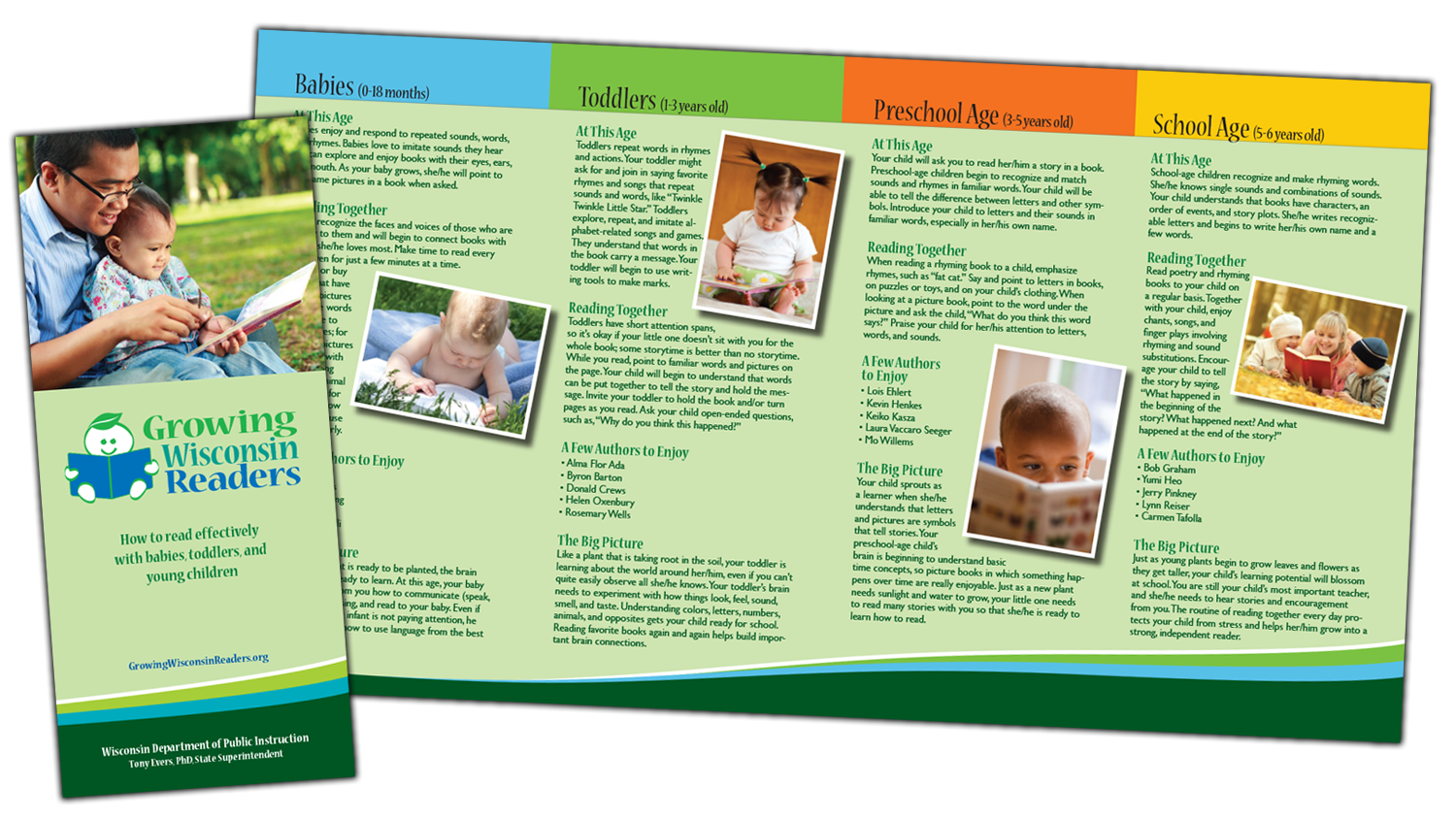

READING TO BABIES & KIDS
How to Read With Babies
It’s never too early to start!
1. Cuddle up with your baby.
2. Pick a board book with colors & simple pictures.
3. Turn the pages and point at pictures
4. Say the names of objects on the page.
5. Let baby help turn the pages and learn to hold the book.
6. When your baby gets restless, hug and change activities.
7. Have fun!
Practice a Read-Aloud Routine.
Download MCPER’s Read Aloud Routine bookmark in English or Spanish here.
The Meadows Center for Preventing Educational Risk (MCPER) has developed an easy-to-follow routine to help your child get the most of reading with you.
1. Choose a book your child is interested in. It should be more difficult than a book your child can read independently.
2. Ask a question about what the story might be about. For example, “What do you think will happen?”
3. Before reading, choose three or four words that your child may not know and talk about what the words mean. For example, “The word ‘decide’ means ‘to make a choice’.”
4. Create a signal that your child will use when he or she hears the new words in the story. This signal can be a “thumbs-up,” a cheer, or anything fun.
5. Tell your child to listen carefully to the story because you will ask questions afterward.
6. Read the story and look for the signal when you get to the vocabulary words. After the signal is given, have your child explain what the word means. For example, “You’re right! There’s our word. Can you tell me what the word ‘decide’ means?”
7. After reading the story, ask your child questions about what happened. For example, “What was the story about? Who are the characters? What was the problem? How was the problem solved?”
8. Help your child make connections between the story and his or her experiences. For example, “What does this story remind you of? Have you ever felt like (character’s name)?”

Download a Guide for Reading to Children
